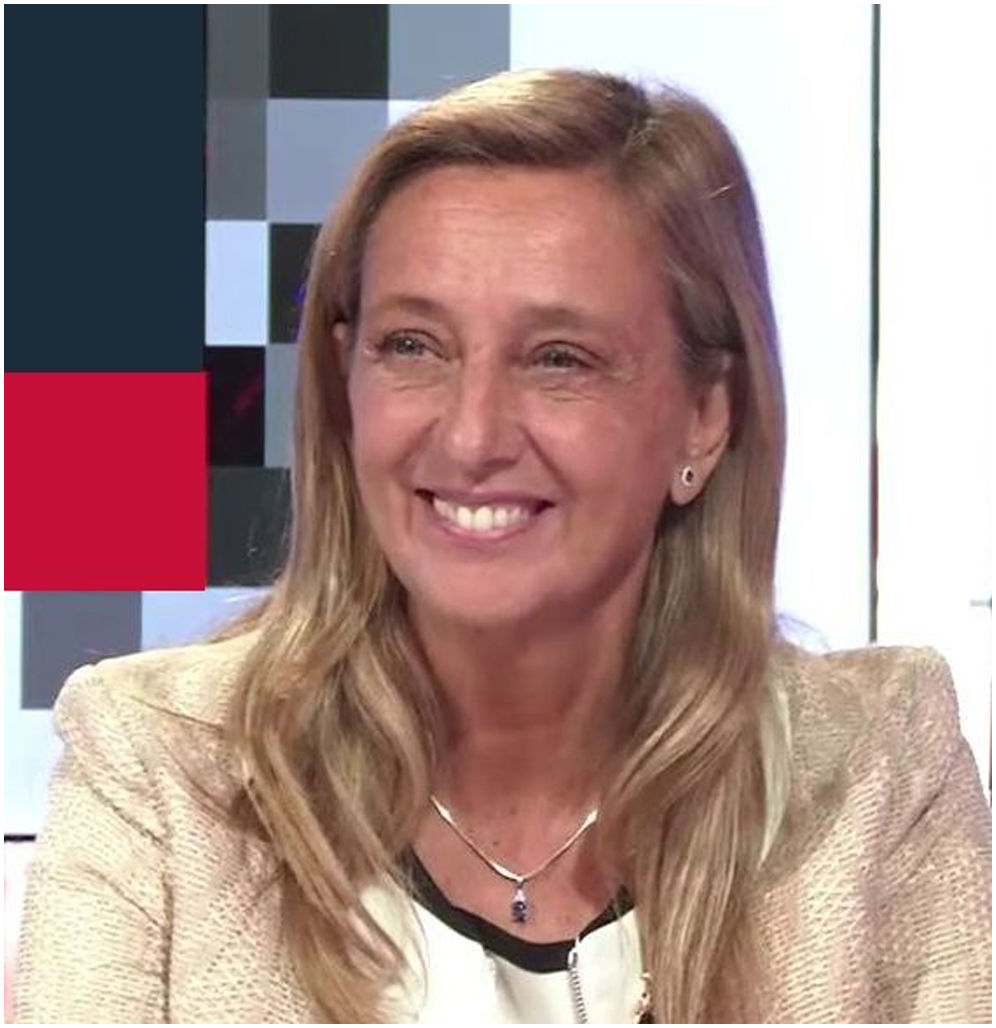In October 2024, our friend and colleague, cardiologist María de los Ángeles Alonso García, passed away. Her professional career was marked by the constant pursuit of new challenges, making her a true pioneer. She trained and worked in clinical cardiology at Hospital Puerta de Hierro in Madrid, where she served as chief of the coronary care unit for 25 years, becoming one of its most distinguished leaders. Always eager to contribute in the best possible way to the development of the hospital and mindful of the legacy she had inherited and the example she could set for other centers, we often discussed the best ways to enhance the health care, teaching, and research excellence of the institution. To a certain extent, “Nines”, as she was fondly known, led these internal debates, which are so essential to enable institutions to adapt to changing times. She fully grasped the opportunity presented by the new Puerta de Hierro Clinic, in contrast to those who maintained that renovating the old building was the better option. She was undoubtedly right, and the new center eased the transition of the public health care system from a centralized state model to the current autonomous community-based framework. Nines was particularly proud of her residents, many of whom are now leading figures in Spanish cardiology. She supported them in ways that extended far beyond the merely professional.
In her institutional positions, she always left her mark. For example, she served as secretary general of the Spanish Society of Cardiology (SEC). Within the SEC, she also helped to coordinate the Working Group on the Heart and Diabetes and contributed to many other initiatives. She was also a trailblazer in championing the advancement of female cardiologists in Spain. During my tenure as president of the SEC, Nines, who knew us all so well, offered me invaluable support, and I witnessed the deep affection she inspired among the staff at the Casa del Corazón.
She was undeniably the female Spanish cardiologist with the greatest impact on the European Society of Cardiology (ESC). She participated in various committees and working groups and was always eager to help to promote Spanish cardiology in a society that, to a certain extent, regarded it as unfinished business. She knew very well that we needed, and still need, a comprehensive strategy to ensure that Spanish cardiology takes its rightful place within the ESC. Many of us believe Nines to be correct and that it is necessary to work together to achieve this goal.
One of the most satisfactory endeavors of her career was her role as senior medical assessor to the Medicines and Healthcare products Regulatory Agency (MHRA) of the European Medicines Agency, which she performed with considerable enthusiasm and dedication. She was deeply involved in the introduction of new therapeutic options in Europe and her direct contributions permitted major advances in cardiovascular pharmacology research.
Guided by both reason and sentiment, Nines bravely made a major change of direction in her personal and professional life when she moved to London. There, she embarked upon a new chapter with enthusiasm and passion, forging a new world of relationships, which she managed with her characteristic ease, without losing her strong ties with her family. She even changed her sport of choice, trading padel for golf, as she moved from the Puerta de Hierro Clinic to a consultant cardiology position at Imperial College Healthcare within the UK's National Health Service.
If the marginal notes in each copy of medieval codices can be considered a new work, then, for many of us, Nines had a similar influence, enriching our professional and personal lives. She was a true friend, always steadfast and always ready to help and to share the joy of life. Above all, Nines was a tireless fighter, both professionally and personally. She lived a full and happy life, savoring it until her final breath. The challenge of continuing her legacy and embodying her final message—one we are certain would be “carpe diem”—now rests with us.

